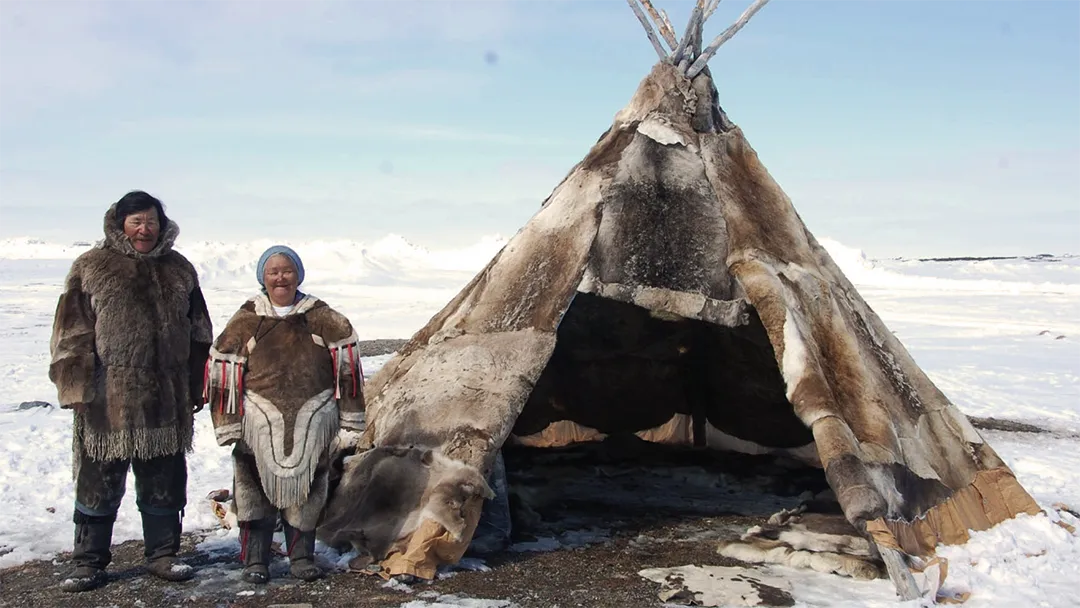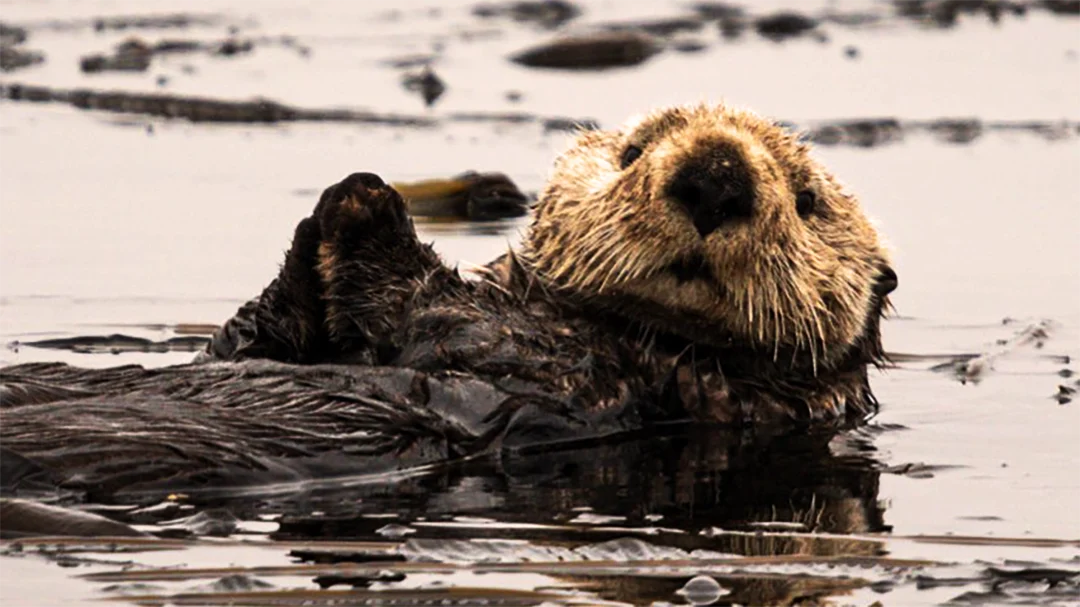- Mahsa S. Y.
- information
- 968 views
- 0 comments
The fur trade had a substantial role in forming today Canada's history, economy, and society, particularly from the early 16th century to the 19th century. This industry was an economic engine and a driver of European exploration and colonization in North America; let's call it Canada Land. It set essential relationships between Indigenous peoples and European settlers, influencing Canadian society in ways that still resonate today. This article is about the development of the fur trade, its economic matter, and its impacts on Indigenous communities, Canadian expansion, and social structures.
Origins of the Fur Trade in Canada
The fur trade in Canada started in the early 1500s because Europeans wanted beaver pelts. Beaver pelts were precious in Europe for making felt hats. European explorers and traders, mainly from France and England, went to North America to find new resources. At first, fur trading was focused along the Atlantic coastline. French explorers like Jacques Cartier made connections with the Mi'kmaq and other Indigenous groups along the St. Lawrence River.
As mentioned earlier, the fur trade had a crucial role in Canada's history. By the early 17th century, permanent trading posts were established. Samuel de Champlain, considered the "Father of New France," founded Quebec in 1608 as a trading post, anchoring the French fur trade. The English, who later founded the Hudson's Bay Company (HBC) in 1670, were also active in competing for control of the lucrative fur trade.
Indigenous Peoples' Role in Canada's Fur Trade
Indigenous peoples were indispensable to the fur trade. They acted as guides, trappers, and intermediaries between the European traders and the wilderness. The Algonquin, Huron, and Cree, among others, had established extensive networks for hunting and transporting furs, particularly beaver pelts, through canoe routes and portages. Indigenous history shows that their knowledge of the land and its resources enabled European traders to navigate the unfamiliar North American terrain.
The fur trade had a powerful effect on Indigenous cultures and societies. Indigenous peoples started depending on European goods like metal tools, firearms, alcohol, and textiles, which they got in exchange for furs. This trade changed traditional economies, introduced new social hierarchies, and sometimes disrupted local food production. Also, European diseases like smallpox had devastating effects on Indigenous populations, significantly impacting their communities.

The Economic Importance of the Fur Trade
The fur trade was the backbone of the colonial economy in Canada for over 200 years. The fur trade stimulated exploration and territorial expansion as European powers sought to control fur-rich regions. The Hudson's Bay Company (HBC) and the North West Company (NWC), two dominant players in the industry, competed fiercely for control of trade routes and access to Indigenous suppliers.
Through the fur trade, Canada's vast interior was opened up to European exploration. The French pushed into the Great Lakes, and later, the English, through the HBC, moved further north and west into Hudson Bay and beyond. Trading posts, such as Fort Garry and Fort Vancouver, became economic and social hubs that would eventually grow into major cities like Winnipeg and Vancouver.
Cyrus Crafts; Luxury & Unique Products
Fur Trade Social and Cultural Impacts
The fur trade had lasting social and cultural effects on Canadian society, particularly through the development of Métis communities. The Métis people, of mixed Indigenous and European (primarily French and Scottish) ancestry, played a significant role in the trade, often working as traders, interpreters, and guides. They became a distinct cultural group with their own identity, language (Michif), and traditions, bridging the gap between Indigenous and European worlds.
The fur trade also created a network of alliances and conflicts among Indigenous groups. As competition for European goods increased, some Indigenous nations formed alliances with Europeans to secure a favorable position in the trade. For example, the Huron and Algonquin allied with the French, while the Iroquois Confederacy allied with the English. These alliances typically led to conflicts, such as the Beaver Wars of the 17th century, which were fueled by competition over fur resources and European trade relations.

Decline of the Fur Trade in Canada
By the early 19th century, the fur trade began to decline due to several factors. Changes in European fashion trends, particularly the decline in demand for beaver hats, reduced the profitability of the industry. At the same time, overhunting had severely depleted the beaver population in many regions, making fur harder to obtain. Additionally, the rise of agriculture, mining, and lumber industries began to surpass fur in economic importance as settlers increasingly moved westward.
The merger of the Hudson's Bay Company and the North West Company in 1821 marked the end of the most competitive era of the fur trade. The focus of Canada's economy shifted from furs to other natural resources. Yet, the legacy of the fur trade remained significant in shaping the nation's geographic, social, and political landscape.
Nowadays, Canada is trying to enhance its economy in other ways, one of which is growing in technology. Here is a brief review of Canada's Growing Role as a Global Tech Hub.
Review of Canada's Fur Trade and its Results
The fur trade was a defining chapter in Canadian history. It drove European exploration and colonization, shaped economic systems, and forged complex relationships with Indigenous peoples. The impacts of the fur trade—both positive and negative—were profound, laying the groundwork for Canada's expansion and contributing to the development of its unique cultural fabric. The fur trade's legacy, particularly through the Métis people and historical trading routes, continues to influence Canadian identity, politics, and culture to this day. While the fur trade no longer dominates Canada's economy, its historical significance is embedded in the country's foundation.
You just studied the history of trading fur in Canada. And that's one of the reasons why nowadays Canada has a strong economy. CyrusCrafts, a Toronto-based drop-shipping company, is founded to deliver unique and luxurious products from different regions of the world to all spots on the Earth. Here, we present Persian rugs, handicrafts, unique furniture, decorative items, clothing for both genders, accessories, and rare food products, like pistachio, saffron, and caviar. To order any product and have it delivered right to your address, you only need to fill out the order form or text us on WhatsApp by clicking the icon.



















Comments (0)